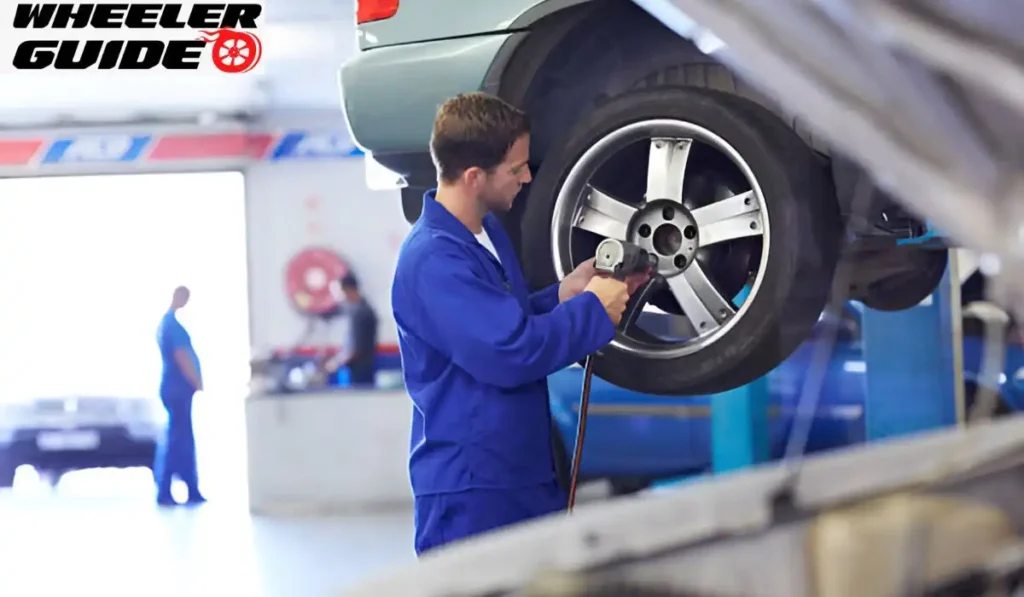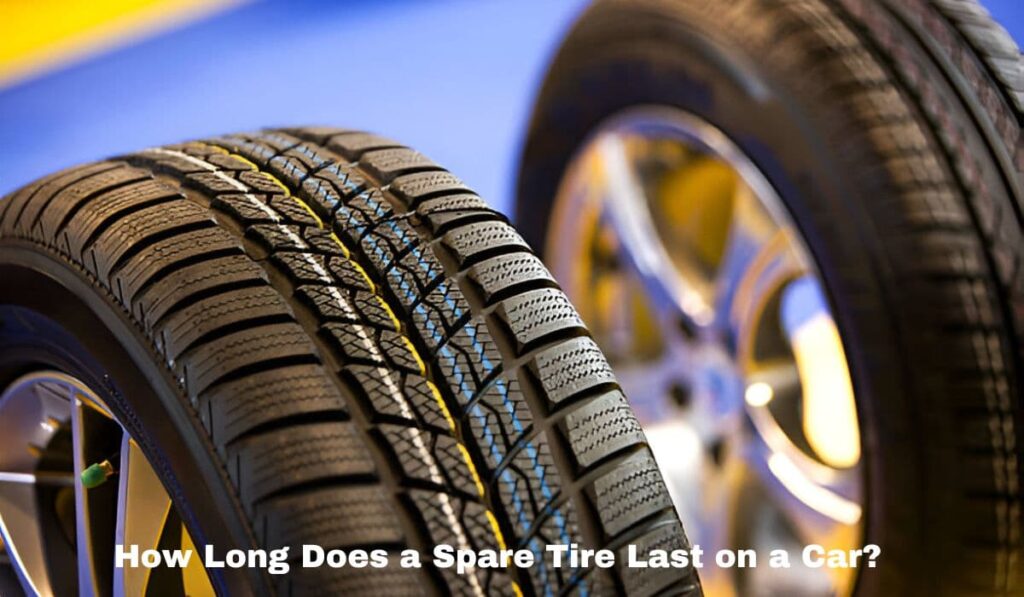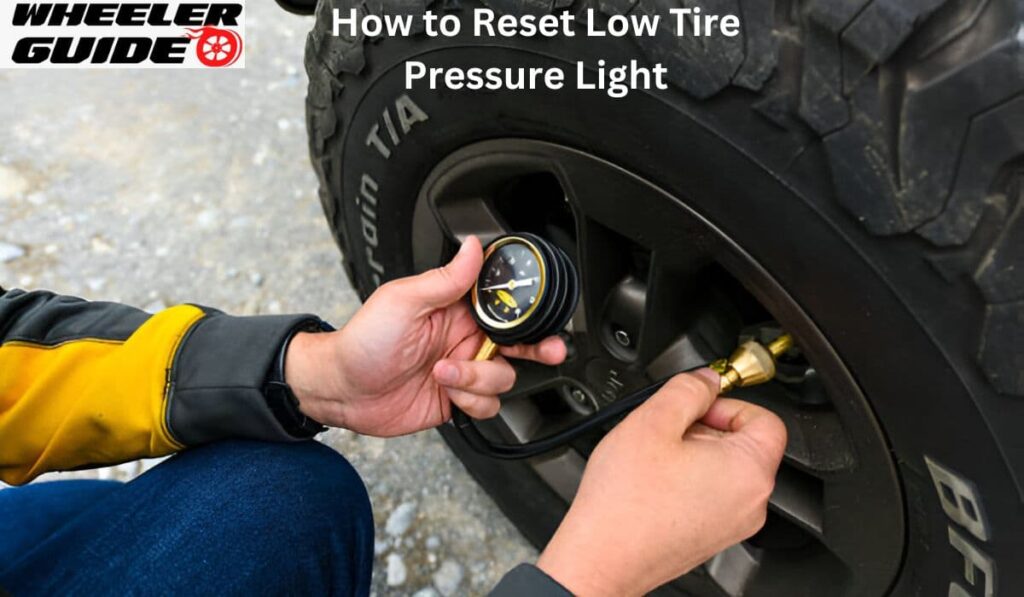Replacing a single tire on your car may seem like a simple solution when you get a flat, but it’s not always the best choice. The decision depends on several factors, including your car’s drivetrain, the condition of your other tires, and safety considerations.
For most vehicles, it’s recommended to replace tires in pairs or sets of four to maintain balanced handling and traction. This is especially important for all-wheel drive vehicles. In some cases, replacing just one tire may be acceptable if the other tires are relatively new and have similar tread depth. Always consult with a tire professional to determine the safest option for your specific situation.
Understanding Tire Replacement Fundamentals#
Replacing tires correctly is crucial for vehicle safety and performance. Proper tire replacement depends on factors like wear, drivetrain type, and tire compatibility.
Tire Wear and Replacement Basics
Tires wear down over time, affecting grip and safety. Check tread depth regularly using a tread depth gauge or the penny test. Replace tires when the tread depth reaches 2/32 inches.
Uneven wear can happen due to alignment issues or improper inflation. Rotate tires every 5,000-8,000 miles to ensure even wear.
Replacing just one tire can lead to problems. It’s best to replace tires in pairs or all four at once. This keeps tread depth consistent across the axle or vehicle.
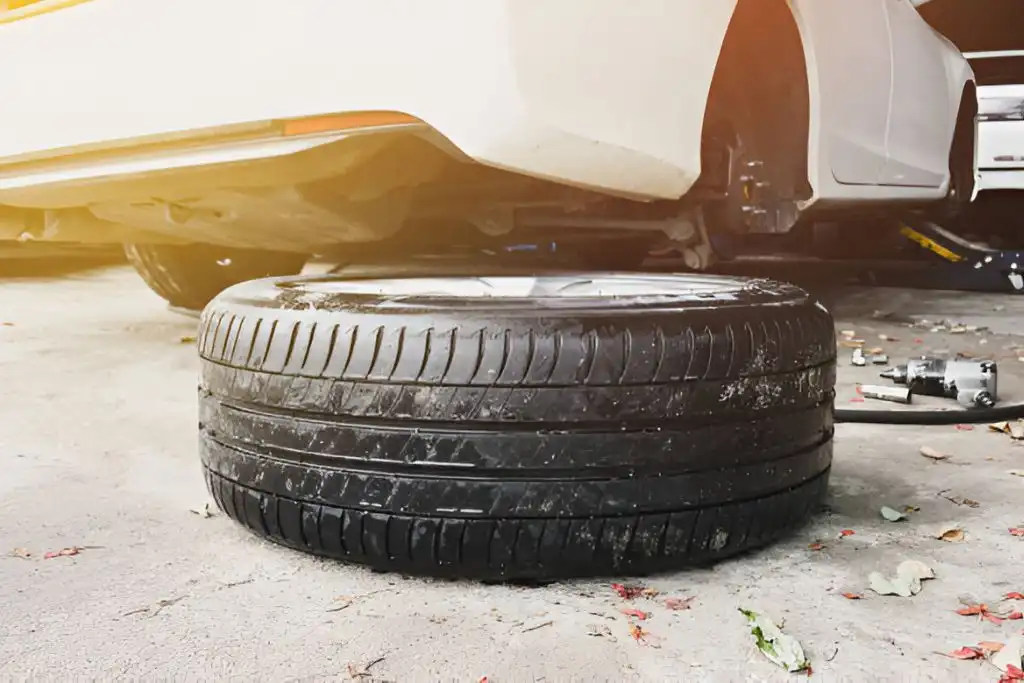
Impact of Drivetrain on Tire Replacement
Drivetrain type affects tire replacement decisions:
- FWD (Front-Wheel Drive): Replace front tires in pairs. Move old front tires to rear.
- RWD (Rear-Wheel Drive): Replace rear tires in pairs. Move old rear tires to front.
- AWD (All-Wheel Drive): Replace all four tires at once if possible.
For two-wheel drive vehicles, new tires should go on the rear axle. This helps prevent hydroplaning and maintain better control.
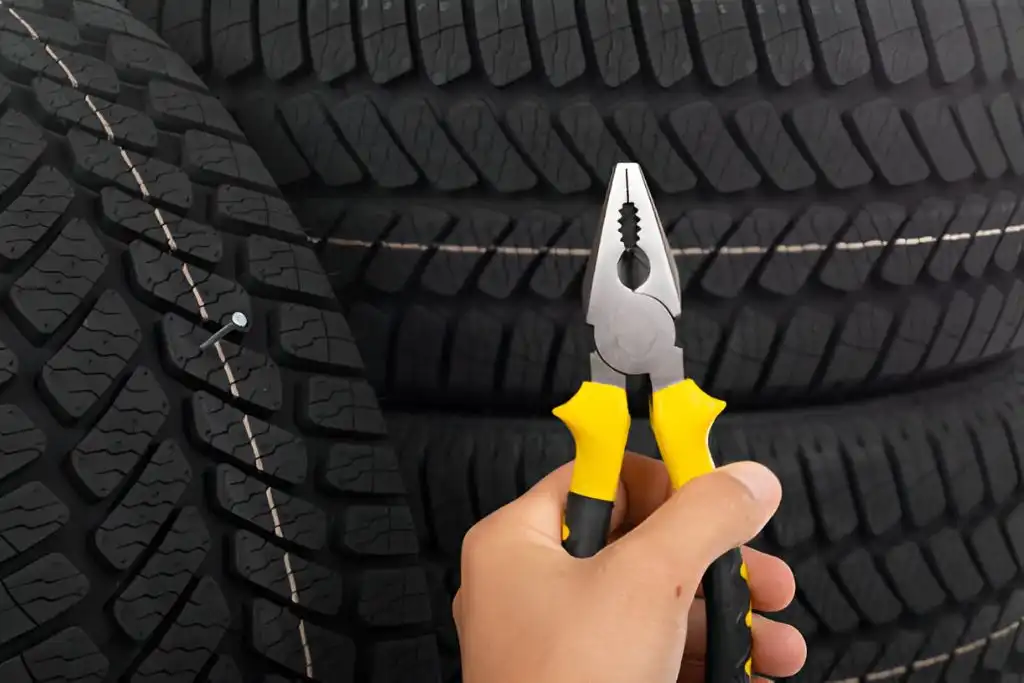
Tire Compatibility and Safety Considerations
When replacing tires, consider:
- Size: Match the original tire size or consult your vehicle manual.
- Load rating: Ensure new tires can handle your vehicle’s weight.
- Speed rating: Choose tires rated for your vehicle’s top speed.
- Tread pattern: Use similar patterns on the same axle for best performance.
Mixing different tire types can affect traction control and stability. It may also damage the drivetrain in AWD vehicles.
Always prioritize safety when making tire replacement decisions. If in doubt, consult a professional tire technician for advice.
Guidelines for Replacing a Single Tire
Replacing just one tire can be tricky. It’s important to know when it’s okay and how to do it right. Proper tire selection and maintenance are key.
When to Replace Just One Tire
Replacing a single tire is sometimes okay. It works best when the other tires are fairly new. If they’ve lost less than 4/32 inch of tread, a single tire swap might be fine.
For two-wheel-drive vehicles, put the new tire on the rear axle. This helps prevent hydroplaning in wet conditions. All-wheel-drive (AWD) cars are trickier. They often need all four tires replaced at once.
Flat tires don’t always mean you need a new one. Sometimes a repair will do. Check with a pro to be sure.
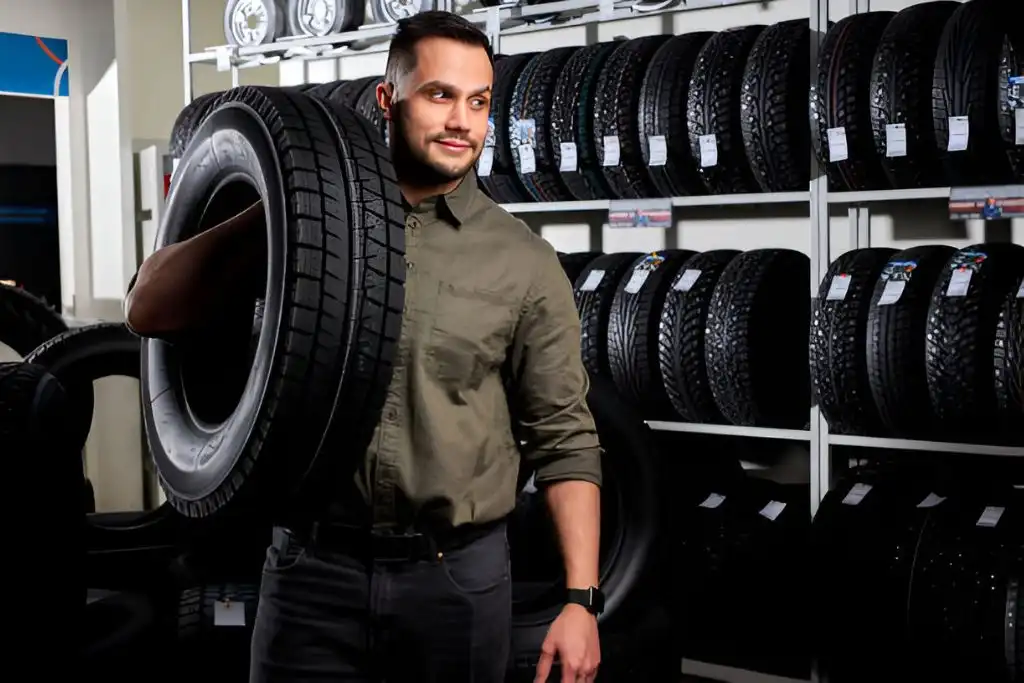
Selecting the Right Tire
Picking the right tire is crucial. It should match the other tires in:
- Size
- Type (all-season, winter, etc.)
- Brand
- Model
This helps keep your car balanced and safe. The new tire’s tread depth should be close to the others. If not, it can cause issues with your car’s handling.
For AWD cars, even small differences can harm the drivetrain. Always check your owner’s manual. Some cars have specific rules about tire replacement.
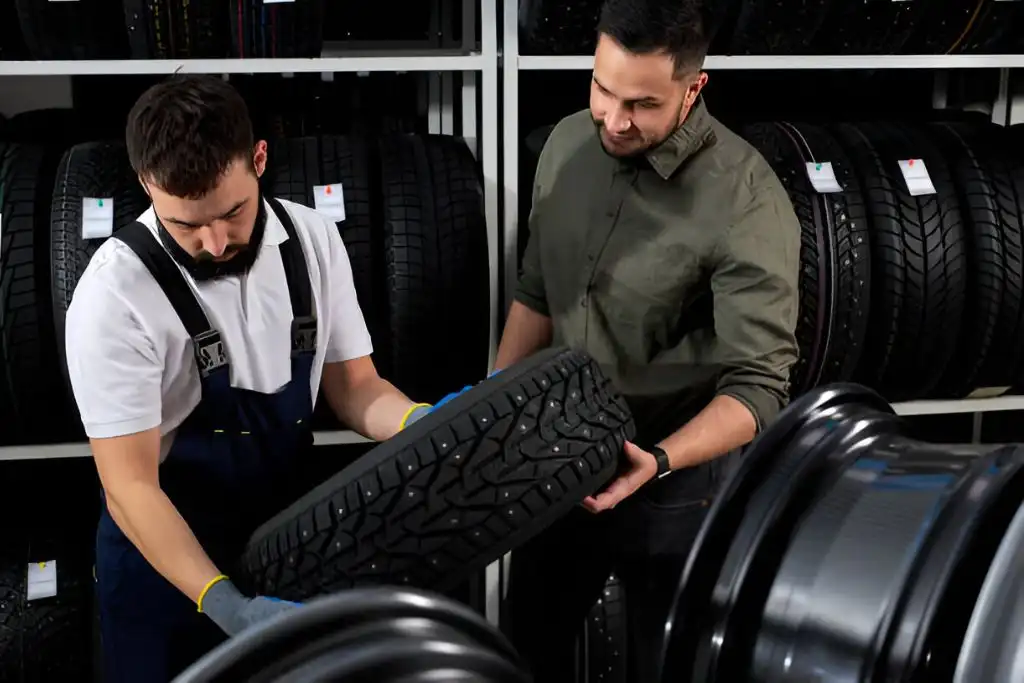
Proper Tire Maintenance
Good tire care helps all your tires last longer. Here are some tips:
- Check tire pressure monthly
- Rotate tires regularly (every 5,000 to 8,000 miles)
- Keep an eye on tread depth
Use a tire pressure monitoring system if your car has one. It helps catch low pressure early.
Consumer Reports suggests replacing tires in pairs when possible. This keeps your car more balanced.
Remember, uneven tires can lead to poor handling and increased wear. Regular checks and proper care can help you avoid having to replace just one tire.
Frequently Asked Questions
Is it advisable to replace only one tire on a four-wheel drive vehicle?
Replacing just one tire on a four-wheel drive vehicle is not recommended. It can cause damage to the drivetrain due to differences in tire circumference. All-wheel drive vehicles require matching tires to prevent stress on components like the transfer case and differentials.
What are the potential risks of using mismatched tires on my vehicle?
Mismatched tires can lead to uneven wear and reduced performance. They may affect handling, braking, and traction control systems. Different tread depths between tires can also increase the risk of hydroplaning in wet conditions.
Is it necessary to replace all tires at once if only one is damaged?
It’s not always necessary to replace all tires if one is damaged. If the other tires have 70% or more of their tread remaining, replacing just the damaged tire may be acceptable. However, it’s often best to replace tires in pairs for optimal performance.
Could replacing only two tires instead of all four affect my vehicle’s handling?
Replacing only two tires can affect handling, especially if there’s a significant difference in tread depth between the new and old tires. For best results, new tires should be installed on the rear axle to maintain stability and prevent oversteer in wet conditions.
Should a wheel alignment be performed after replacing a single tire?
A wheel alignment is not typically necessary when replacing a single tire. However, if the vehicle shows signs of misalignment such as pulling to one side or uneven tire wear, an alignment should be performed.
Are there specific considerations when replacing one tire on a front-wheel or all-wheel drive car?
For front-wheel drive cars, if only one tire needs replacement, it should be paired with the tire that has the most tread depth. Both should be mounted on the rear axle. All-wheel drive vehicles are more sensitive to tire differences, so replacing all four tires is often the safest option.
